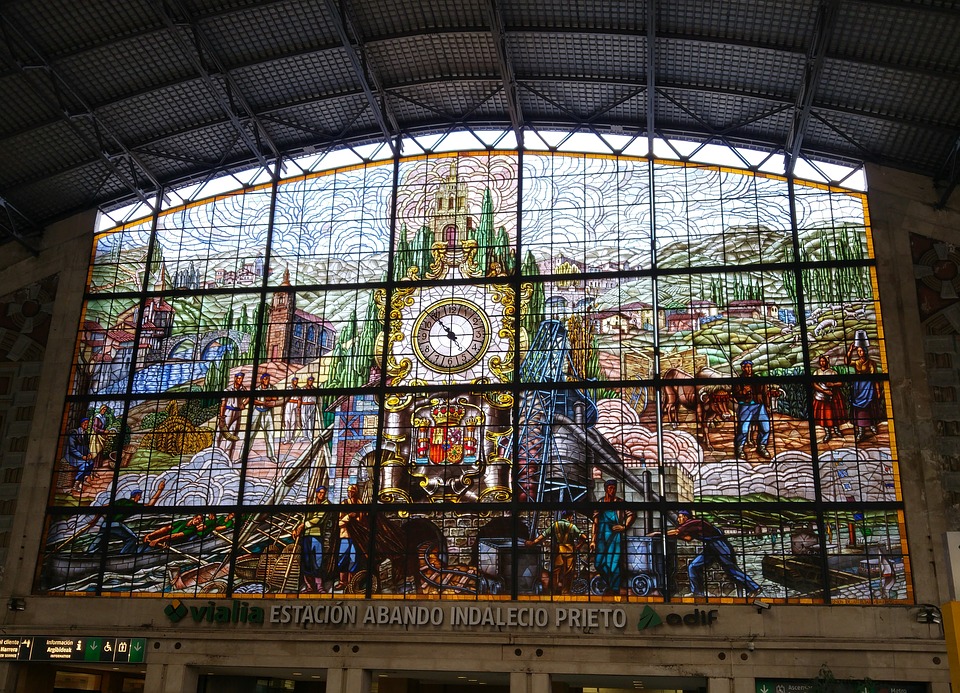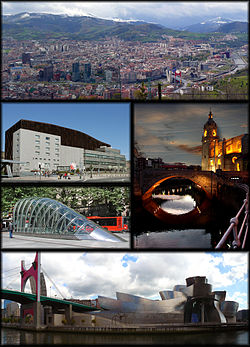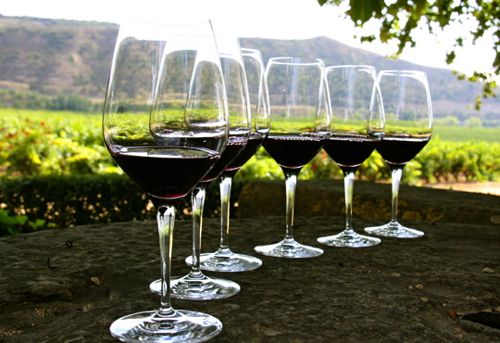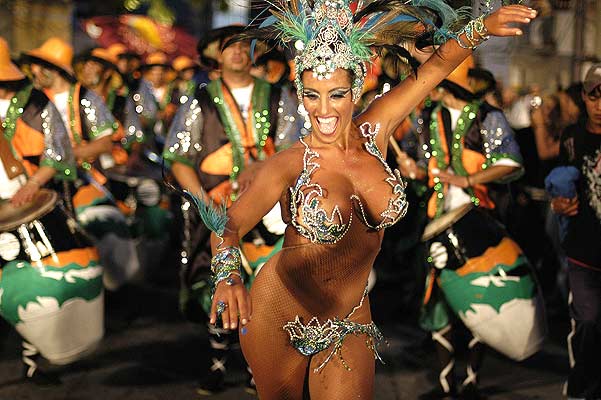As my plane touched down in northern Spain, on my way to Bilbao, I looked around at the jagged mountains, out over the Bay of Biscay and up at the clear, blue sky and thought to myself, “Dear God, I forgot people actually live in places like this.”
It had been nearly a half decade since I’d last visited any part of Spain. In between, I had lived in flat, not very warm cities in Sweden, Latvia and Belgium. I had gotten too used to wearing sweaters in June and having an unobstructed panorama of the horizon.
That a Spanish coastal city is an idyllic place is not an epiphany someone should have to have more than once, yet here I was again, jaw on the tarmac.
Budget airline traffic in the area goes through Santander, so I still had 60 miles to go before I reached Bilbao, where my girlfriend had been sent on a week-long business trip. That meant I had a bus to catch. If the view of the area from the airport was enough to inspire, then the view from the road left me speechless: Swooping curves, inlet marshes and stony cliff faces that dropped straight into the Atlantic.
I would have to put Bilbao among the biggest surprises in all of my European travels. In this single regional city in the north of Spain, we found a paradise for foodies, luxury accommodation for about half the price we would have expected and multiple beaches accessible by the metro.
Yet, somehow, Bilbao had never made it onto my radar.
Bilbao: An Introduction
Bilbao is the largest city in the Basque Country, a region rich in history, culture and geography that extends into southwestern France. Despite having a metropolitan population of nearly a million people, Bilbao is perhaps the fourth best-known Basque city after San Sebastian (a gastronomical powerhouse), Pamplona (with its annual San Fermin Festival and running of the bulls) and Guernica (whose destruction was the subject of one of Picasso’s most famous works).
For much of the 19th and 20th centuries, Bilbao was the industrial center of the Basque Country, and it had enough sludge in its Nervion River to prove it. By the 1970s, though, the economy began to deindustrialize, and Bilbao was left with an old, run-down port it needed to do something with.
Don’t Forget Drinks
Bilbao is in the middle of the Basque winemaking region, which itself borders two other winemaking regions: Navarre and La Rioja. That means wine in Bilbao is plentiful and, by the glass, often a cheaper option than a Coke.
The Rioja region is most famous for its red wines, the Navarre region initially for its rosé, but its whites are not bad, either. But it’s when you get to the local wines that you start to experience some new and unusual tastes. The Basques have a semi-sparkling white wine called txacoli that can be staggeringly acidic on the tongue. If you’ve never heard of this wine before, it might be because the locals drink it almost all up, leaving little for export.











